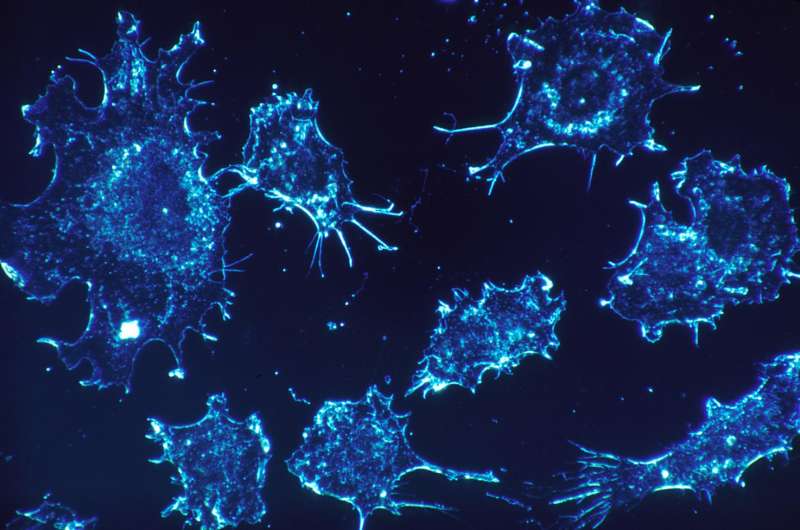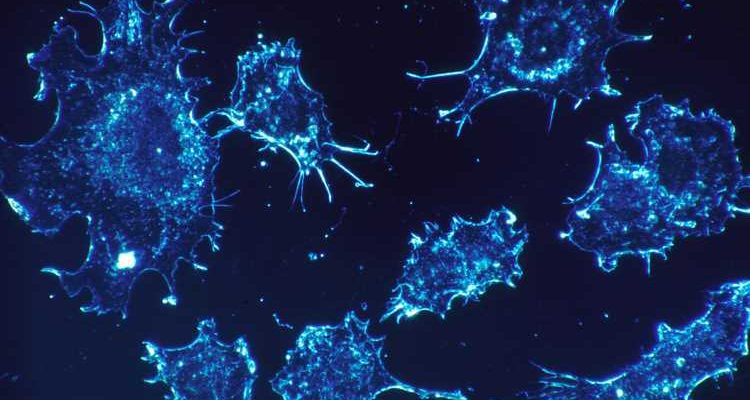
Immunotherapy is a type of cancer treatment that uses the body’s own immune system to fight tumor cells. While much focus has been on engaging T cells for fighting cancer, less attention has been given to directing the complement system toward tumors.
The complement system is an important part of the innate immune system that helps fight infection, heal injury and remove our dead cells. Antibodies, which are proteins produced by our immune cells, can activate the complement system; however, not all antibodies are equally efficient at activating it.
In the new study, researchers developed a method to activate the complement system using bispecific single-domain antibodies termed BiCEs. These antibodies can bind to two different targets at the same time: a complement protein called C1q and a specific protein present on the surface of cancer cells. The results were published in The Journal of Immunology.
By linking C1q and the cancer cell protein, the BiCE molecules can strongly activate the complement system leading to the specific killing of the targeted cancer cells.
Compared to antibodies currently used in the clinic, the BiCE molecules are even better at activating the complement system and killing cancer cells. The new approach offers several advantages over conventional cancer therapies, one being leveraging the power of the innate immune system to potentially activate a broader immune response, including recruitment of immune cells to the tumor microenvironment for enhanced anti-tumor activity.
The findings of the study not only highlight the innovative research conducted at Aarhus University but also paves the way for further advancements in the field of cancer immunotherapy. Moving forward, the spin-out venture resulting from this collaboration aims to translate the research findings into clinical applications.
More information:
Dennis V. Pedersen et al, Bispecific Complement Engagers for Targeted Complement Activation, The Journal of Immunology (2023). DOI: 10.4049/jimmunol.2200952
Journal information:
Journal of Immunology
Source: Read Full Article
